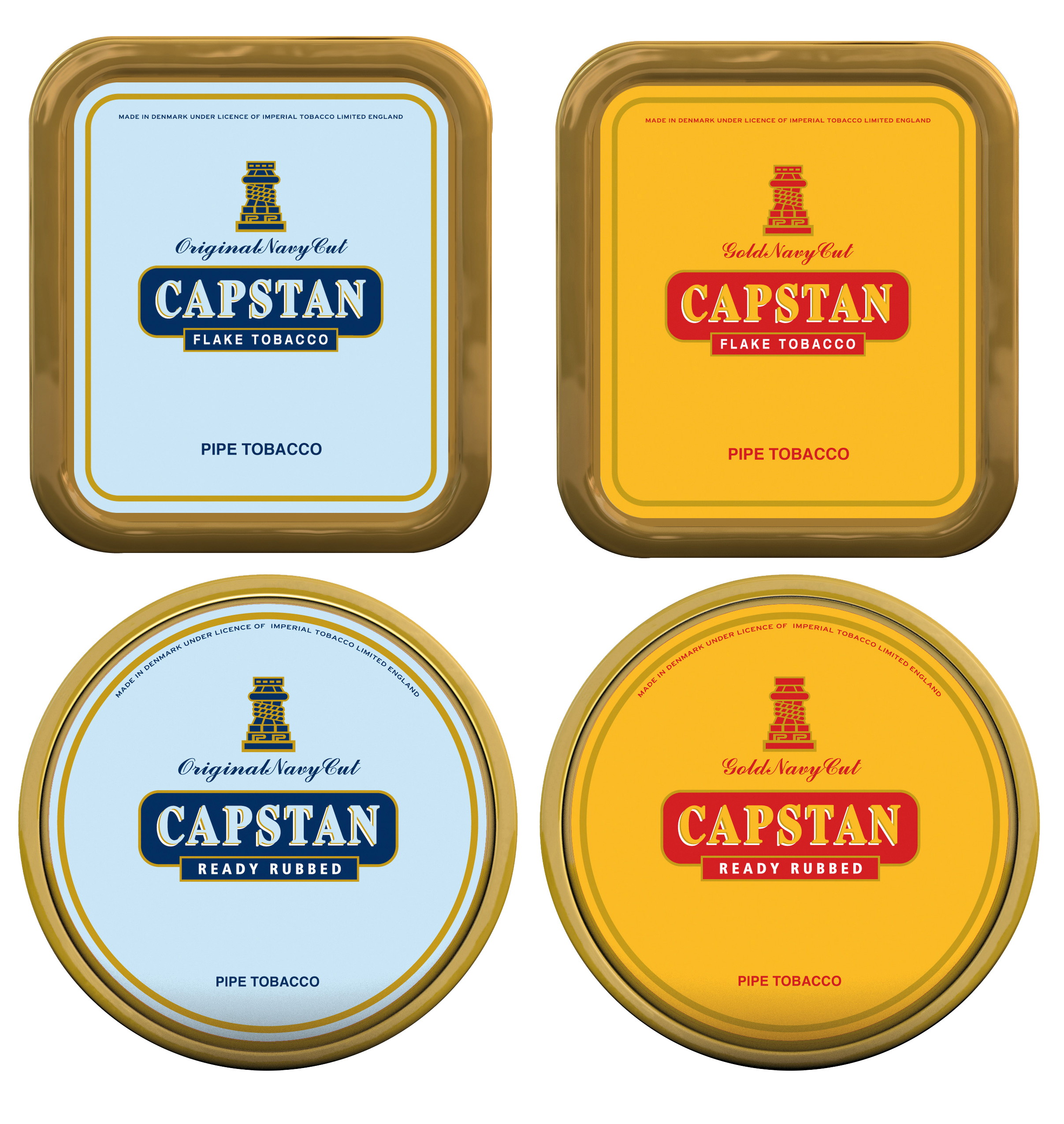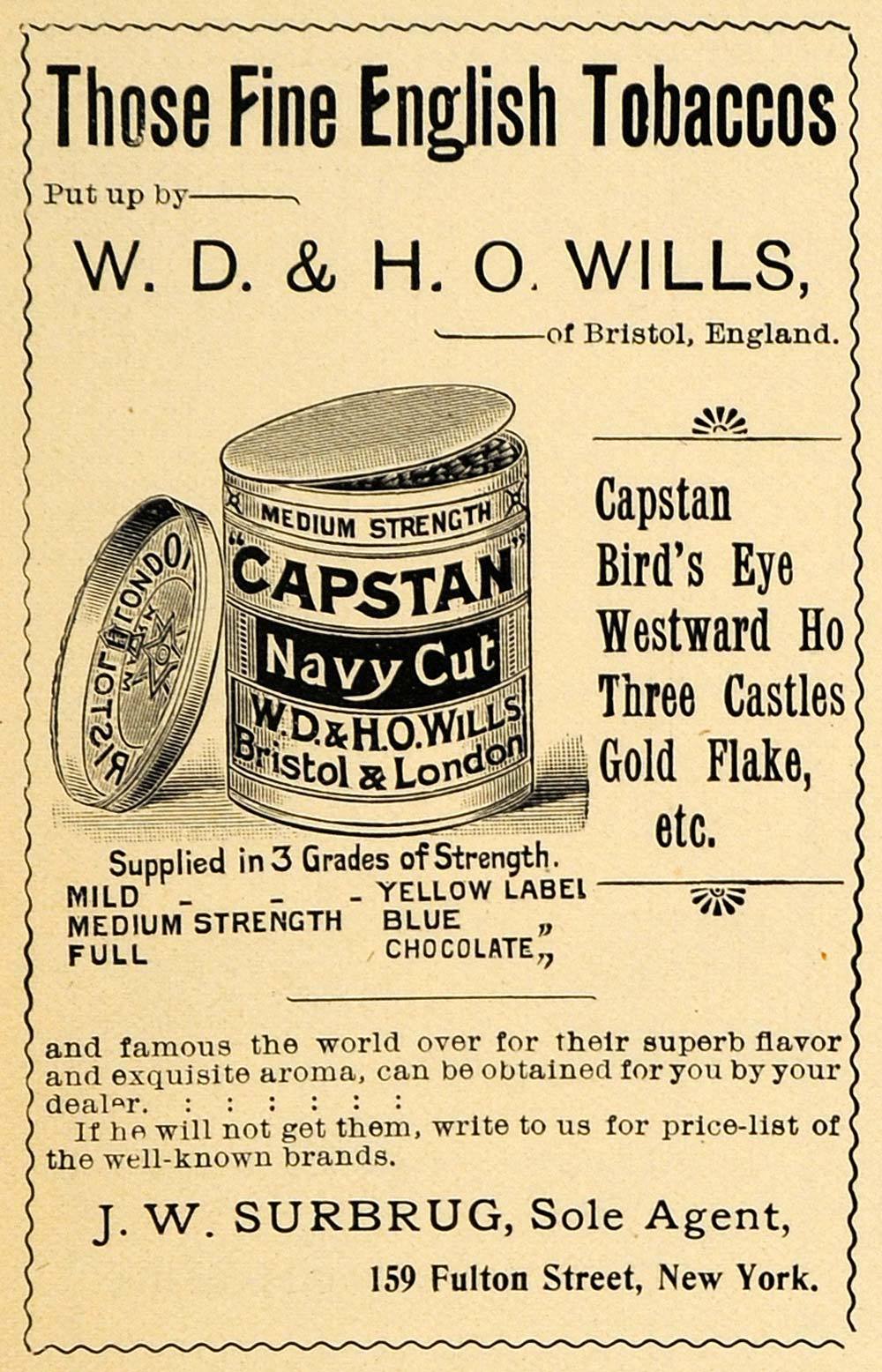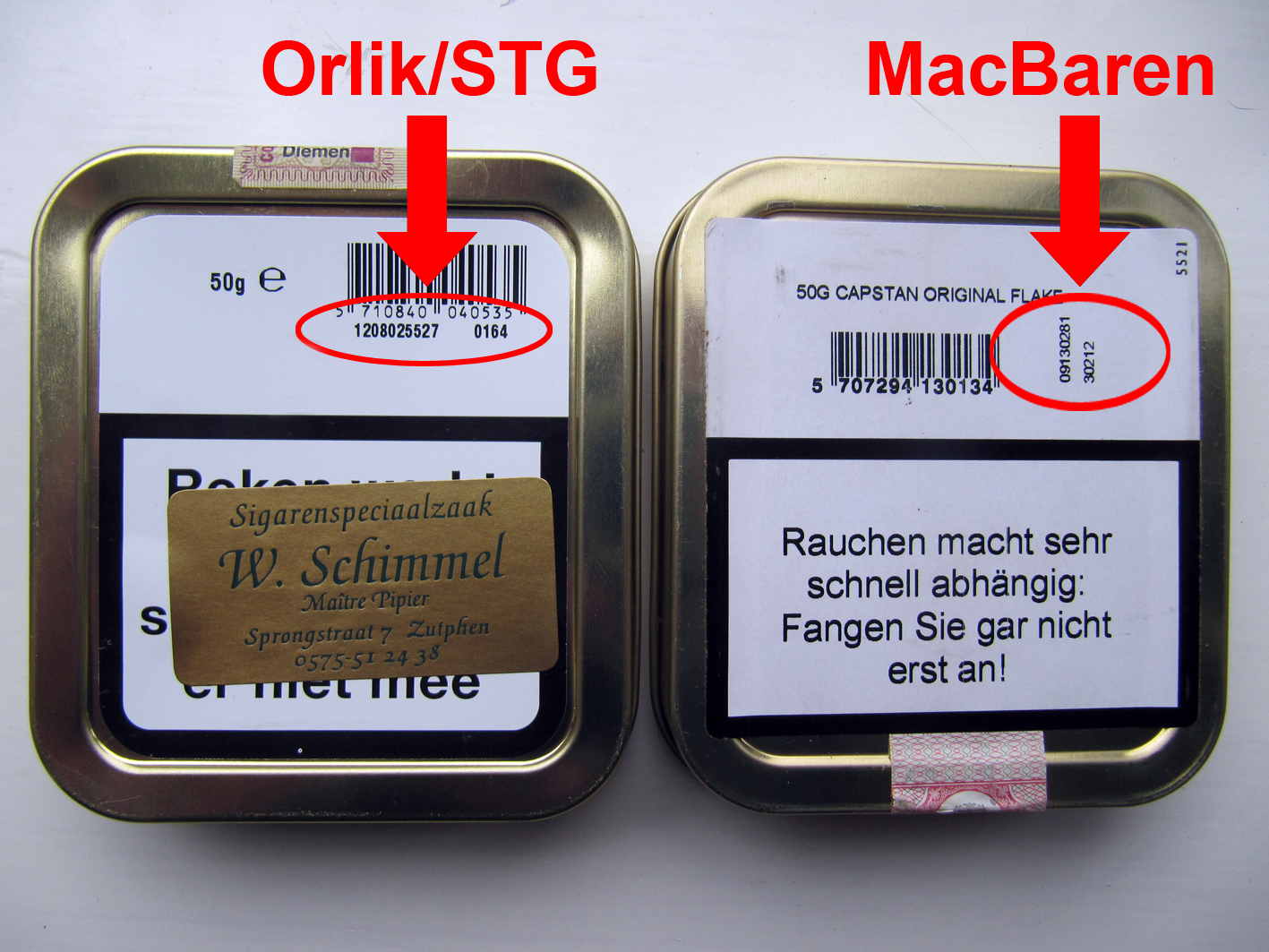The genius of Roald Dahl
As a child, I had several pipe-smoking influences, such as my grandfather, an uncle and the father of a friend. Only recently, I discovered there was another source of inspiration; the great and late writer Roald Dahl. While the generation after me grew up with J.K. Rowling’s Harry Potter saga, me and my young contemporaries were enchanted by timeless stories such as Charlie and the Chocolate Factory, The Witches and Matilda. And, if you think my English is pretty readable, you can thank Roald Dahl. At primary school, we learned the language with excerpts of his tales. Later I discovered his adult novels, amongst them one of my all-time favourite books: My Uncle Oswald.
 Goat’s tobacco
Goat’s tobacco
Being a youngster I devoured every Roald Dahl book I could lay my hands on in the local library. Like his autobiographical Boy: Tales of Childhood. Recently, being in a nostalgic mood, I re-read it. One of the stories there is called “Goat’s tobacco” and describes how a young Dahl on holiday in Norway with his family secretly puts some dried goat’s droppings in the pipe of his half-sister’s lover who then smokes it and almost chokes (if he would have used a Lakeland tobacco it surely would have had the same effect). But before the lover smokes the droppings he boasts about his tobacco. I quote from the book, of course all copyright things go to the Dahl family:
We could hardly bear the suspense. The sister who was seven couldn’t bear it at all. ‘What sort of tobacco do you put in that thing? (the pipe)’ she asked with superb innocence. ‘Navy Cut,’ the male lover answered. ‘Player’s Navy Cut. It’s the best there is. These Norwegians use all sorts of disgusting scented tobaccos, but I wouldn’t touch them.’ ‘I didn’t know they had different tastes,’ the small sister went on. ‘Of course they do,’ the manly lover said. ‘All tobaccos are different to the discriminating pipe-smoker. Navy Cut is clean and unadulterated. It’s a man’s smoke.’ The man seemed to go out of his way to use long words like discriminating and unadulterated. We hadn’t the foggiest what they meant.
 Scoring a pouch of Player’s Navy Cut Flake
Scoring a pouch of Player’s Navy Cut Flake
My head jolted up after I read this while thinking: “Damn, I have a pouch of Player’s Navy Cut Flake in my tobacco closet!” In 2015 a good friend of mine, a true gentleman, went on holiday to England. But before that he asked if he could buy some tobacco there for me. The range of available pipe tobaccos is different in England. They have blends we (European mainland) don’t have. So I browsed through the website of a British tobacconist until suddenly my eye fell on Player’s Navy Cut Flake. Perhaps it had rung a bell in the back of my head (it was before I re-read Boy) but that was the blend I wanted and got. Sadly, when I began my research for this blogpost I discovered Player’s Navy Cut Flake had been discontinued since the end of 2015. So yes, I am very sorry, but this is another write-up about a blend that does not exist any more..
Early beginnings of John Player & Sons
First some history about the manufacturer, John Player & Sons. The man himself, John Player was born in Saffron Walden in Essex in 1839. In 1862 he came to Nottingham and some years later began a shop on Beastmarket Hill where he sold agricultural manures and seeds. As an extra income he also sold pre-wrapped tobacco. That went so well that it soon became his main business. So in 1877 he bought the tobacco factory from William Wright in the Broad Marsh, began manufacturing tobaccos and cigarettes and opened 2 more shops. Business quickly expanded and in 1881 he bought land in the Radford area of Nottingham where in 1884 the Castle Tobacco factory arose. Sadly Player died in the same year of liver cancer. In the 1890’s his 2 sons, William Goodacre Player and John Dane Player, took over the business.
The Americans attack
In 1901 a powerful attack by American tobacco manufacturers on the British market led to the formation of the Imperial Tobacco Group in which 13 British tobacco manufacturers joined forces. Although they continued business under their own names and competed with each other. Since John Player & Sons was one of the founding companies they served on Imperial’s first board of directors. The first few decades of the 20th century were good for the company as sales began increasing rapidly. Mainly because of the success of the company’s mass produced, machine-made cigarettes.
 The Player’s Navy Cut brand
The Player’s Navy Cut brand
Already in 1883 the Player’s Navy Cut brand (cigarettes and pipe tobacco) was launched and proved enduringly popular. It was one of the most smoked brands in WW1 and besides Capstan the favourite pipe tobacco of J.R.R. Tolkien and a favourite of C.S. Lewis. Over the years the brand’s sailor and lifebuoy trademark became synonymous with John Player & Sons. But more about that below. Now I could ramble on about the rest of the history but then this blogpost would really become long and focus on cigarettes, and this is a pipe smoking blog. In short Player’s peak was in the late 1950’s. They were employing 11,000 workers (who all got an allowance of 50 cigarettes a week) and produced 15 brands of pipe tobacco and 11 brands of cigarettes. After that it slowly went downhill due to various reasons, factories got closed etc. although to this day Player’s is still in business.
 Not Orlik but…
Not Orlik but…
Like I said the curtain fell for the Player’s Navy Cut Flake brand in 2015. I always thought that in the final years it was made by Orlik (read: the Scandinavian Tobacco Group) in license for the Imperial Tobacco Group like Tobaccoreviews.com says. But by someone on Instagram I was pointed in another direction: the mighty MacBaren. To verify this I contacted MacBaren mastermind Per Jensen. He had to say this: “Since 2006 we produced the Player’s Navy Cut Flake for Imperial Tobacco Group, but only for sale in the UK. When we bought the pipe tobacco portfolio from Imperial we did not buy the the Player’s Navy Flake, so production stopped in 2015. The reason, plain and simple, was that Imperial wanted to keep the Player’s name for their cigarettes.”
 Package / tin:
Package / tin:
My Player’s Navy Cut Flake came in a (with a health-warning desecrated) pouch with inside a foil covered tray. Most of the pouch is navy blue with the logo of the sailor and lifebuoy in the top middle. The sailor image was first used in 1883 and the lifebuoy was added 5 year later. The sailor was known as “Hero”. Why? Just take a good look at the name on his hat band. Then you also can see the HMS Brittania on the left and HMS Dreadnought on the right. The image of Hero changed for a while (apparently the poor lad had no beard for a short period!) until he was standardised in 1927.
 Contents / Cut / Ingredients:
Contents / Cut / Ingredients:
Inside the foil covered tray are 2 rows of neatly stacked attractive looking brown cold pressed flakes with golden highlights. It is a Navy Cut, the slices you get when you cut a navy plug. Originally these had a round shape. Later tobacco manufacturers used the term more broadly and a Navy Cut could also be a rectangular flake or slice. The ingredients are Virginia and Burley with a slight topping of rum.
 Smell from the tray:
Smell from the tray:
When I removed the foil and stuck my nose near I was kind of surprised. It smelled a bit like Esoterica Stonehaven! Hay, treacle, dark chocolate and liquor with a certain fruity sourness in the background. Although the liquor smell fades away a bit after the tray is opened for longer.
 Taste:
Taste:
The flakes are easy to handle, not too moist, not too dry. I rubbed out the flakes a little bit, bigger chunks on the bottom of the bowl and the smaller ones on top. Lighting it was effortless and when the first smoke hits your my buds I immediately relaxed, it was smooth and creamy. Above all, it has a great basic taste. Many blends of old had a distinct flavour that set them apart from others. With Player’s Navy Cut Flake you get an almost perfect mix between the grassy, tangy, earthy, toasted, stewed fruits lighter and darker Virginias, the nutty Burley which fills up the holes in the tasting spectrum and the rum which doesn’t do much other than providing a slight dark sugar treacle taste. All by all the different elements are expertly harmonised. The taste throughout the bowl is not a rollercoaster. You get that distinct comforting creamy and smooth Player’s Navy Cut Flake flavour which only deepens and intensifies in the later part of the smoke.
 Miscellaneous:
Miscellaneous:
Nicotine-wise this blend is surprisingly mild to my relief. I expected more because of the Burley and the fact it had been around a long time, in the old days they made blends more “manly” with more vitamin N oomph. When pushed Player’s Navy Cut Flake has a tendency to bite a bit. But that is ok, it commands puffing slowly which is a good thing. And by doing that you get the most out of this tobacco taste-wise.
 Room-note:
Room-note:
When I smoke this one I get almost no comments from the old battle-axe. Only downside is the cigarette-like odour that still lingers the next morning.
 Conclusion:
Conclusion:
All by all I was pleasantly surprised by this essential British tobacco. I can fully understand why it was like “bread” for years for the English pipe smoker. Although I would think of it more like that delicious cookie your grandmother used to give you when you were visiting her. And every time you eat it now it reminds you fondly of the old lady. Player’s Navy Cut Flake has something comforting. It is an easy smoke. It is not a roller-coaster of tastes nor bland. It just delivers good ol’ tobacco tastiness when you sit in your chair relaxing after a day of hard work. I smoked it in different pipes and each time was satisfying. I really regret Player’s Navy Cut Flake got discontinued. If today it was available I would surely buy it. Maybe it is the added Burley or the bit of rum flavour, but I burned through the pouch in no time. @MacBaren, perhaps you can convince Imperial to sell you the rights to Player’s Navy Cut Flake, release it worldwide, thus bringing back a little classic gem.














